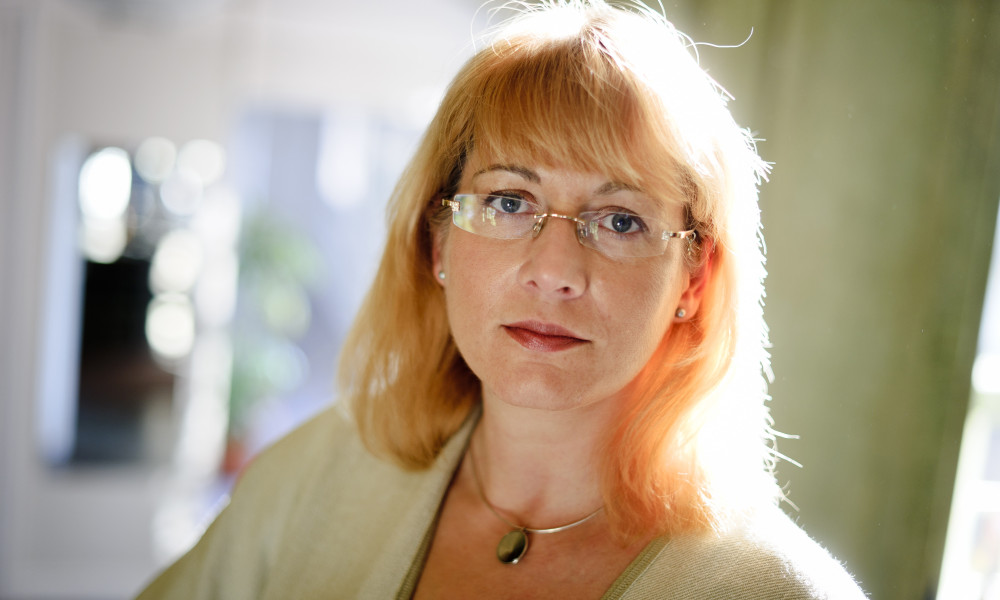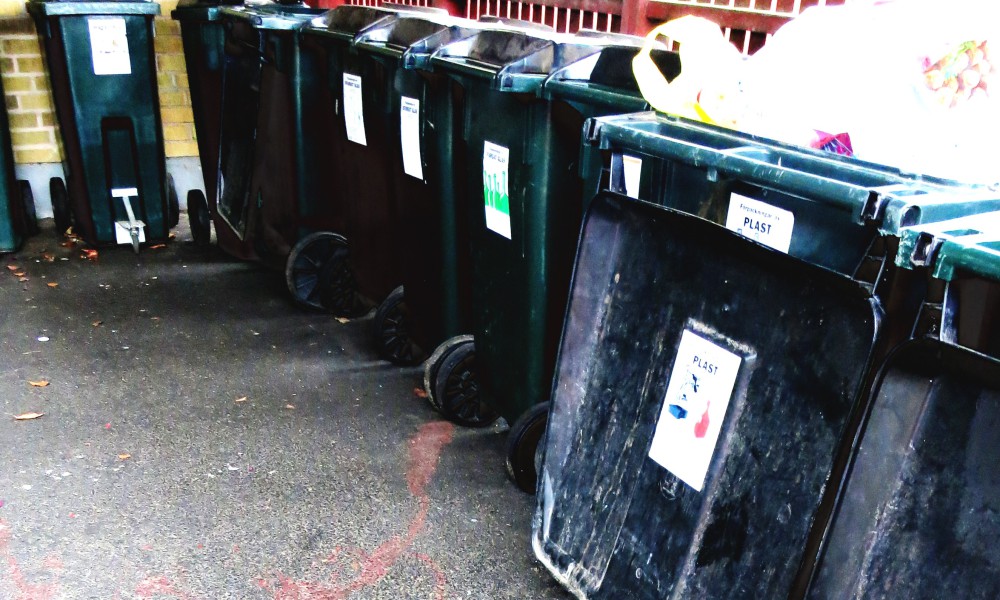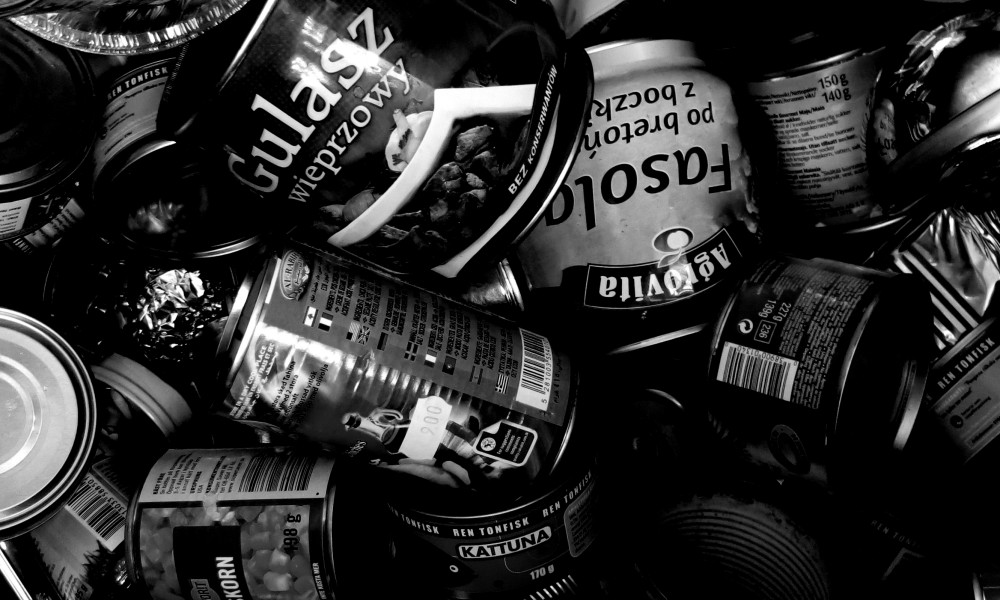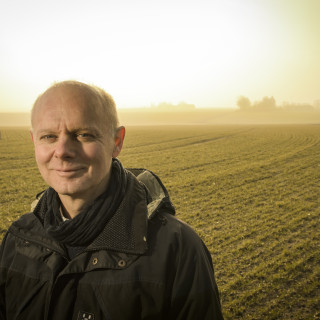Sustainable consumption – the responsibility of the individual or society?
Do you try to live sustainably and reduce your environmental footprint? Are you concerned about our impact on the environment and the earth’s finite resources? If so, you perhaps wish it was easier to make the right choice of goods and services and that society was better adapted to enable an alternative, sustainable lifestyle. Researchers are now showing the way for how society’s decision-makers can design strategies that lead to both reduced consumption and greater well-being.
Over recent decades, decision-makers have encouraged more efficient production processes and environmentally friendly products through regulation and technological developments. With the help of eco-labelling and by taking in information, it is now up to the individual to make sensible choices.
Should we buy local but non-organic produce, or organic produce from a different continent? Spend time travelling by public transport, or save time by taking the car? The choices are many and are not easy to make.
“Why do we have to make things so complicated for people? It should be easy to make the right choice! Why can’t legislators make sure that our food is not harmful and that everyone can afford to buy organic products?” says Oksana Mont, Professor at the International Institute for Industrial Environmental Economics at Lund University.
Professor Mont conducts research in the field of ‘Strategies for sustainable consumption and lifestyle’. Through her research, she demonstrates that it is often not even possible for individuals to switch to a sustainable lifestyle. In order to facilitate a transition, we have to make the sustainable choices the norm, i.e. easy, cheap, comfortable and desirable, and the unsustainable choices difficult or impossible. Above all, we have to enable a lifestyle built on reduced consumption.
“We just buy more and more, and this is why energy consumption in society is increasing”, says Oksana Mont.
“We create new needs – and many companies invent needs that we didn’t even know we had – and then find a solution that satisfies the need. I believe we are living in excess of economic growth and our natural and financial resources.”
The structures in today’s society promote consumption patterns that we in the West see as normal, but which are unsustainable. This is tied to the economic growth mindset that has underpinned society since industrialisation. The prevailing social norms also support unsustainable behaviour, for example car ownership, high meat consumption and long-haul holidays. Some people try to live sustainably but it isn’t easy to go against social norms.
“As I interpret it, we can go some way by changing our own behaviour, but not all the way”, says Oksana Mont.
“It should be easy to make the right choice!”
Oksana Mont sees a lack of vision from politicians. Studies show that decision-makers are aware that over-consumption is driven by politics, marketing and economic measures, as well as by sociocultural issues linked to status and identity. However, they have no visions of how we can live sustainably in 2050 within the limits set by our planet and satisfy our need for social acceptance. According to researchers, we now know a lot about human behaviour. We know that social status is a motivation, as well as the striving for happiness.
“The growth mindset is based on the idea that the more we consume, the happier we are. However, research shows that this only applies up to a certain, reasonable standard of living. Today, we are increasing our consumption and the pace of society, but we are not becoming happier in line with this.”
The conclusion, according to Oksana Mont, is that there is a need both for initiatives from individuals and for political investments in technology, infrastructure and financial regulation. However, decision-makers also need to understand how they can alter the definition of social status by creating visions of sustainable lifestyles and greater well-being, and thereby reduce the impact of our consumption on resources.
Text: Pia Romare
Photo: Kennet Ruona
Published: 2014
Facts
-
Background
-
The goal of a sustainable lifestyle is to maintain or improve standards of living for everyone, which means an increased level of consumption for the world’s poorest people, while dramatically reducing environmental damage and use of resources.
Consumption patterns must firstly be changed in the areas that have the highest impact on the environment, such as air travel, consumption of meat and dairy products, and car use.
-
Waste in society is growing
-
Despite investments in efficient production processes that entail lower resource consumption and reduced greenhouse gas emissions, total emissions from consumption are increasing. We consume more and more, the quantity of products per household and per person is growing, and the total size and speed of resource and waste flows in society are increasing.
• Despite the high environmental impact of meat production, consumption of meat in Sweden increased by over 40 per cent between 1990 and 2012.
• Despite the fact that emissions per motorised vehicle have fallen due to improved fuel efficiency, the reduction has been eaten up by increased car travel and the fact that we drive larger cars.
• Despite investments to reduce greenhouse gas emissions from aviation, long-haul flights now represent one of the largest sources of emissions. A flight to Thailand produces more emissions than we can compensate for by buying organic produce and cycling to work for a year.
• Despite energy use for heating per household having fallen since 1990, total energy consumption for residential heating has increased because the floor area of homes in many EU countries has increased over the same period.
• Despite an increase of 83 per cent since 2003 in consumption of organic products in the Nordic countries, sales of organic products still represent less than four per cent of the total food market in Sweden, with the exception of a very few product categories. The price mark-up for environmentally friendly products make them less attractive or unaffordable for many people.
-
Political initiatives needed
-
In order to help consumers make the right choices, decision-makers must promote changes to patterns of consumption, production and culture.
Regulations are often the most effective policy tools for changing consumption patterns. Regulations are often more effective when used in combination with other policy instruments in a ‘policy package’. Innovation in technology and infrastructure, regulation, pricing, marketing and new social norms can be combined to create a ‘sustainable choice architecture’.
Sustainable choices may also mean purchasing services, renting and co-owning products, re-using goods that have been scrapped for new functions and promoting a creative culture of ‘upcycling’ and repairing goods. If we want to recreate and re-use then the original products must be of better quality, last longer and be made of good quality raw materials.










